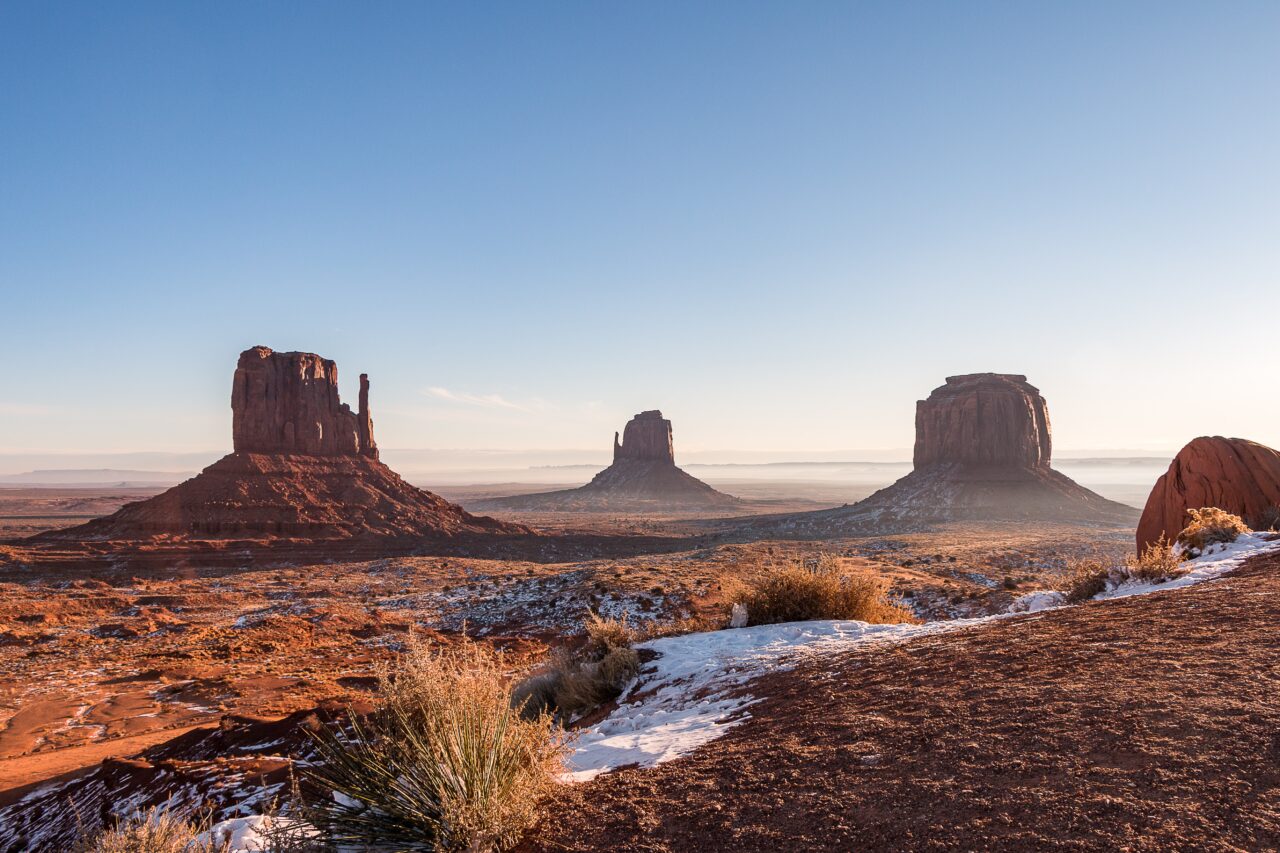Land acknowledgments reconcile settlers and the Indigenous nations by acknowledging our shared commitment to the place we live, a place called Turtle Island long before Europeans arrived. Although land acknowledgments have yet to fully catch on in the United States, we have much to learn from the ways that land acknowledgements are carried out in Canada.
When I moved to Toronto for graduate school last year, the greatest culture shock was not Canadian’s devotion to Tim Hortons’ coffee or their French bilingualism, but a practice called a “land acknowledgment” and how frequently they were used. Land acknowledgments were said at every seminar, class, workshop, and meeting. As a student at the University of Toronto, I often heard this university-sanctioned rendition:
“I (we) wish to acknowledge this land on which the University of Toronto operates. For thousands of years, it has been the traditional land of the Huron-Wendat, the Seneca, and most recently, the Mississaugas of the Credit River. Today, this meeting place is still the home to many Indigenous people from across Turtle Island and we are grateful to have the opportunity to work on this land.”
At first, these land acknowledgments felt somber and sad. As an American, I was not sure if the appropriate response was to give a moment of silence and/or bow my head. At times, they almost felt like a small vigil, prayer, or memorial.
Confused by its purpose, I turned to a Canadian peer to ask what these land acknowledgments were all about. She turned my question on its head and asked me about American nationalist rituals, such as our national anthem and the pledge of allegiance we were taught to recite since Kindergarten. Why did we hold symbols like the flag in such high esteem that kneeling before one was considered disrespectful?
This year more than ever, I wonder why we hold fast to symbolic promises that are not the reality for BIPOC and other marginalized groups in the United States. Moreover, the boasts of freedom and liberty in these songs and oaths can lead to an erasure of the ugly legacies that built this nation, including the destruction of Indigenous nations and cultures, the Transatlantic Slave Trade, and the construction of Transcontinental Railroad. How do we balance pride in our American identities while holding space for these histories? Not through the rehearsal of nationalist and unrealistic rituals, that’s for sure.
Maybe we can look to our neighbors to the north. Unlike our patriotic practices, land acknowledgments change based on the speaker, the audience, and the setting. The land acknowledgment is not scripted and is, in fact, open to debate and revisions. For instance, white Canadians leading land acknowledgments will often humbly state their position as “settler colonists.” The land acknowledgment is not a mantra simply repeated; it is an ongoing act of reconciliation that acknowledges not only the land and the Indigenous nations, but also our relationship with the land and the people.
As findings from the 2015 Truth and Reconciliation Commission of Canada came to light, land acknowledgments became common practice at all public gatherings. While reconciliation may be associated with guilt in the American psyche, Canadians have begun to make slow yet steady progress toward healing and growing their relationships with Indigenous nations. In some ways, the land acknowledgment is a celebration that honors this progress while still urging us to do more for the land and the Indigenous people protecting it. After all, reconciliation is defined as the restoration of friendly relations, which we need now more than ever.
Land acknowledgments are beginning to be used in the United States as well. However, there is often much hesitancy to do so. Unlike in Canada, we have not begun our journey towards reconciliation with Indigenous nations and therefore, such land acknowledgments can feel empty and come off as superficial. Nevertheless, raising awareness of the vibrant nations that occupied Turtle Island for thousands of years has a vital place in our classrooms but how we do it is just as important as taking part in the act.
Likewise, interrogating acts of patriotism thoroughly entrenched in our society is an opportunity to re-evaluate power relations while producing stronger and new connections with one another and our commitments. Have you ever stopped to ask how your students relate to the national anthem, the pledge of allegiance, and other nationalist symbols? You might find that how you would expect them to relate and their realities to differ. Particularly in a time when our nation is divided politically under the strains of a pandemic, we must work to find new truths about our interconnectedness beyond the symbolism.
Nowadays, land acknowledgments are so commonplace in Canada that they seem like they have been around forever. Yet it is important to note that the practice is very new and continues to evolve. Not as new but newer than one would think, the 50th star of the American flag was added in 1960. Even as a proud American, there is space for change and critique within our patriotic ideologies. Perhaps, in time, we will boast about being the home of those bravely able to face and accept change.
Originally printed in the AdaptiveX Fall 2020 newsletter.



